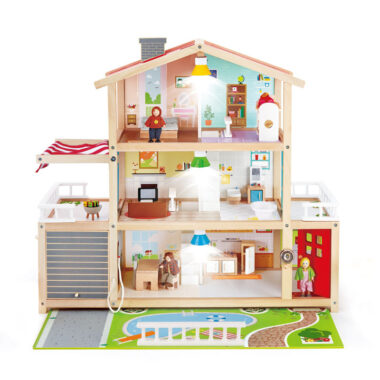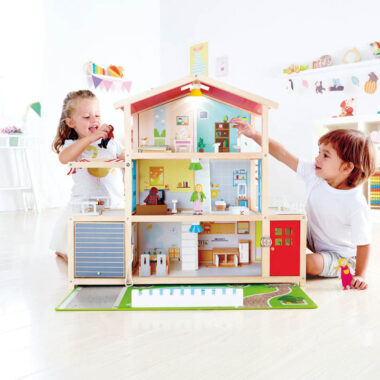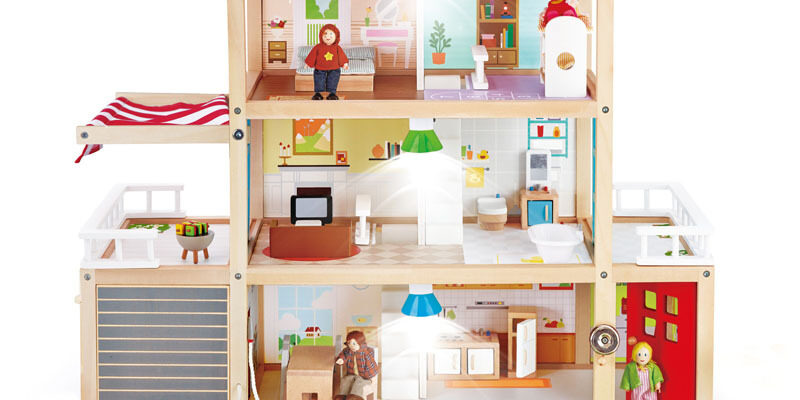Great choice! Below is a full SEO-optimized blog article for the topic:
Top 10 Benefits of Wooden Toys for Child Development
In today’s fast-paced digital world, parents and educators are increasingly turning to wooden toys as a natural, engaging, and timeless solution to promote healthy development in children. Far more than just aesthetically pleasing, wooden toys provide lasting educational value that supports every stage of a child’s growth.
Whether you’re a parent, a preschool teacher, or a conscious gift buyer, here are the top 10 benefits of wooden toys for child development—and why they remain a trusted favorite across generations.
1. Encourage Imaginative Play
Unlike toys with built-in electronics or scripted voices, wooden toys leave the storyline open-ended. A simple block can be a spaceship, a castle, or a car—whatever the child imagines. This kind of free play stimulates imagination and enhances storytelling skills.
2. Develop Fine Motor Skills
Stacking, grasping, and balancing wooden pieces helps children improve their hand-eye coordination and dexterity. Toys like shape sorters, wooden puzzles, and bead mazes challenge fingers and minds simultaneously.
3. Promote Problem-Solving and Logic
Wooden toys often require assembly, balancing, or fitting pieces together. This encourages logical thinking, spatial awareness, and perseverance—key cognitive skills during early childhood development.
4. Support Language and Social Skills
When children role-play with wooden dollhouses, food sets, or figurines, they naturally develop verbal communication and storytelling. Cooperative play also teaches sharing, patience, and empathy.
5. Enhance Concentration and Patience
Unlike fast-moving digital toys that overstimulate, wooden toys slow things down. Children are more likely to spend focused time engaging with them, improving attention span and patience.
6. Reduce Screen Time
In an age of tablets and TVs, wooden toys provide a tangible, screen-free experience. They give kids a sensory break and encourage real-world interaction, which supports emotional regulation and presence.
7. Safe and Non-Toxic Materials
Most quality wooden toys are made from sustainably sourced wood and water-based paints, making them non-toxic and safe for toddlers. They’re often free from BPA, PVC, and harmful chemicals found in many plastic toys.
8. Built to Last for Generations
Durable and timeless, wooden toys can be passed down through families. Their longevity reduces waste and supports a more sustainable toy industry compared to mass-produced plastics.
9. Teach Sustainability and Minimalism
Wooden toys introduce children to the beauty of natural materials and the concept of fewer, better-quality items. This instills a mindset of eco-consciousness and thoughtful consumption from a young age.
10. Complement Montessori and Waldorf Education
Wooden toys are widely used in Montessori and Waldorf education systems, which emphasize hands-on learning, creativity, and real-world interaction. These toys align perfectly with these child-led learning philosophies.
🌱 Final Thoughts
Wooden toys are more than just nostalgic—they’re powerful tools for nurturing creativity, coordination, and critical thinking. In a world filled with screens and synthetic distractions, investing in simple, well-made wooden toys is a timeless way to support healthy child development.
Whether you’re a parent, toy shop owner, or early childhood educator, choosing wooden toys means choosing quality, imagination, and sustainability—all in one charming package.
Would you like this article formatted for a blog page (HTML), or do you want help turning it into a product landing page or social media content?








